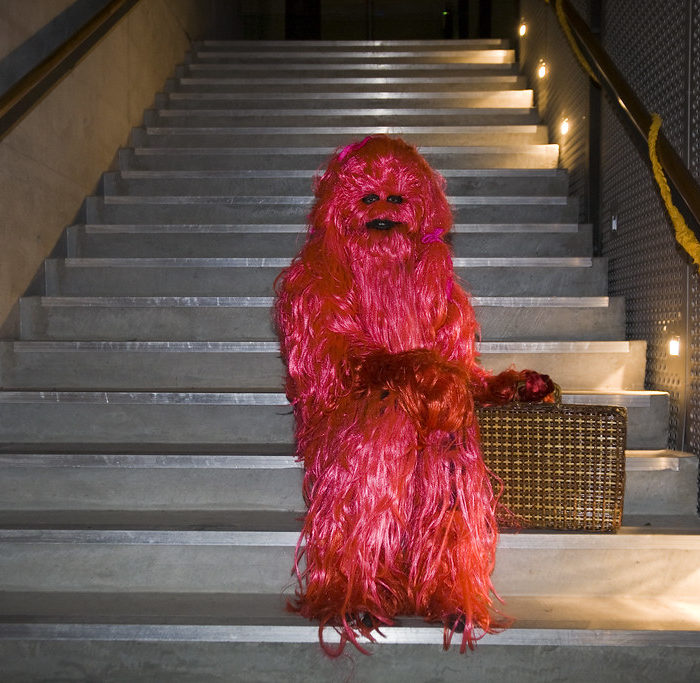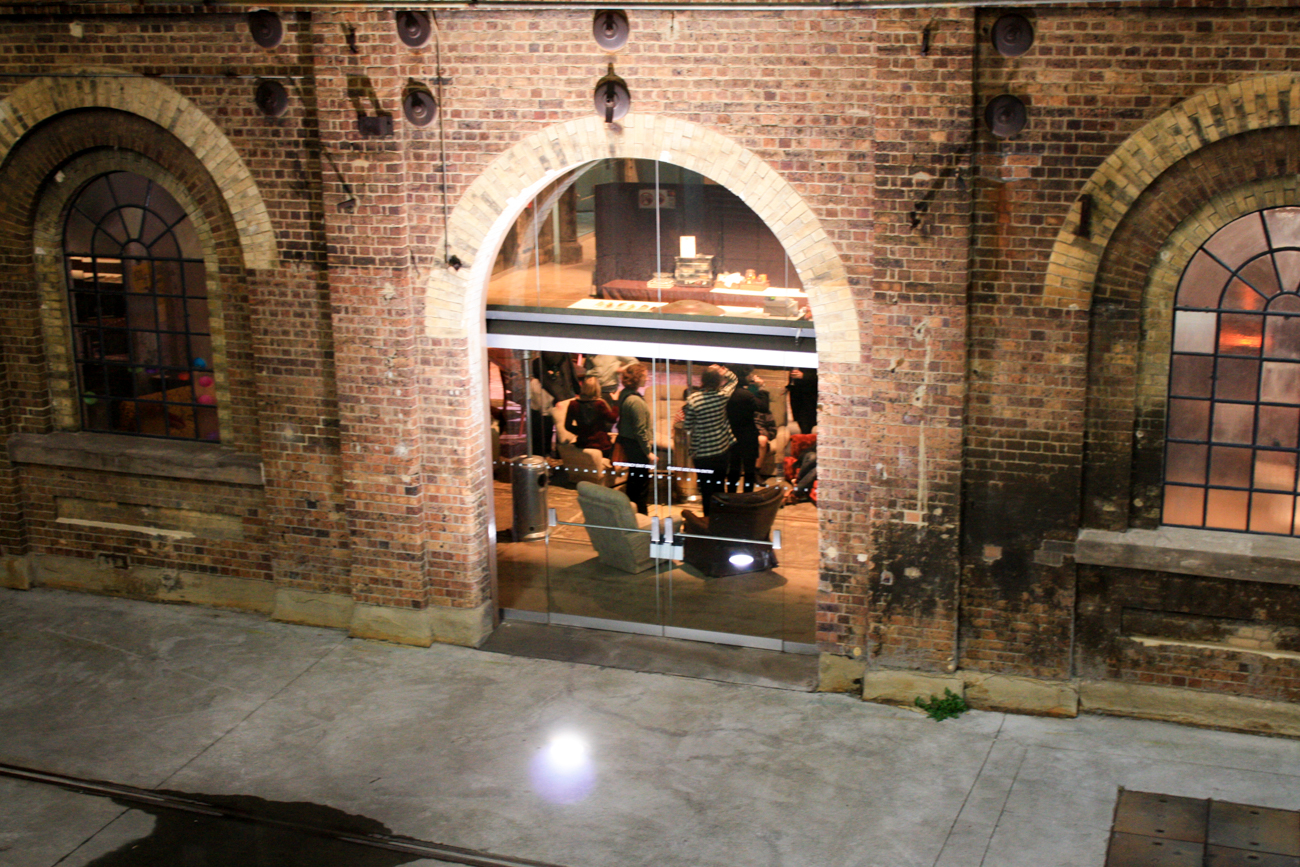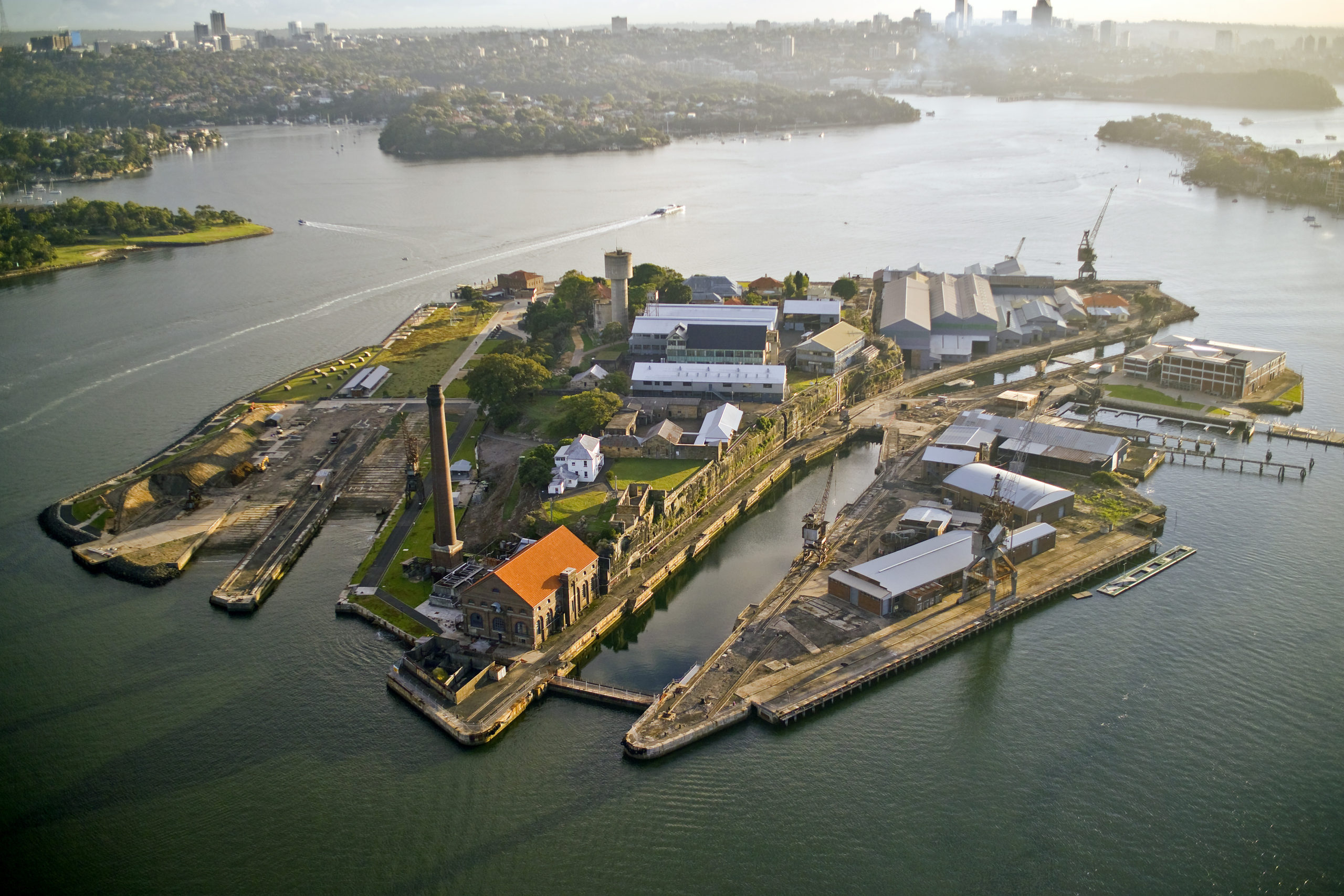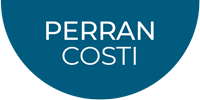2007 – 2013
Sydney's
biennale of
emerging Arts
Underbelly Arts was a unique biennial arts lab and festival dedicated to supporting emerging and experimental artists to collaborate, develop and present innovative new works to a broad public.
The three-week events included a period of development (‘the Lab’) where up to 150 artists at a time build, rehearse and create their works on site. During the Lab, the public are invited to take a tour, meet the artists and learn about their projects.
The event culminates in a ticketed 2-day Festival showcasing the work achieved at the Lab, featuring performances, concerts, installations and works in progress.

roles
Curator & Artist
Art/Design Director
Promotion & Event Strategist,
Graphic, Web, Event & Wayfaring Designer
Locations
Cockatoo Island
Carriageworks
Chippendale Creative Precinct – Kensington Street, Central Park
Achievements
Attracted an audience that grew from 1000 to 15000.
Every event sold out through all the festivals.
Successfully recognised on the Sydney arts calendar as the biennale of emerging arts.
Showcased and supported over 600 emerging, mid-career and established artists and groups from across Australia and overseas to participate in the lab and festivals.
underbelly arts design

Media Culture
Catriona Menzies-Pike Reviewed by Kirsten Seale
A large part of Underbelly’s structure is based on the idea of ‘access’ for both artists and for the wider community.
The 10 day lead-up to the final weekend of exhibition functions as a residency and provides space for artists on the periphery of an already peripheral field. During this period, the public is invited to view the works taking shape.
Clearly, process is another significant aspect of the festival’s remit. By revealing the mechanics behind realisation, the focus shifts from finished product and positions cultural production as something far more complex than what the audience consumes at the end.
Many of the performances, installations and multi-media collaborations were accompanied by the vocabulary and rhetoric of the work-in-progress, of improvisation, of the random.

Real Time
gail priest, teik-kim pok, sarah miller
However I tracked down some esteemed colleagues, Teik-Kim Pok and Sarah Miller, who had much better time management skills, to comment on some of these works. For my part, I spent my time queuing (to no avail) and taking in the installation works that inhabited the nooks and crannies of Cockatoo Island.
The most impressive installation, and perhaps the most intensive process in Underbelly was Case Study in which six artists—Perran Costi, Jesse Cox, Emily McDaniel, Adam Parsons, Damian Martin and Justin Harvey—moved to the island for the 16-day lab, taking with them only a suitcase.
If there were any Survivor-style power plays during the development the final installation was a picture of harmonious communal living. A series of makeshift huts and lean-tos were scattered around an old workshop, each with bedding, curtains, found objects and text curios. Some hummed with quiet sound installations and most glowed hauntingly with projected stills and videos.
Plant and moss specimens from around the island adorned surfaces like miniature gardens and small assemblages were to be found in nearly every crevice. Exploring issues of inhabitation, colonisation and migration, Case Study offered a wabi-sabi micro-environment of wonderful intricacy.
Ngoc Nguyen also worked with ideas of domesticity in her installation, [Xuan] Spring. During the Lab she photographed the interiors of several of the abandoned houses on the island adorned with objects and elements associated with the Vietnamese Spring Festival.
For the final installation the photographs were displayed in a small office/workshop, accompanied by rows of spring plants and flowers. The beautiful simplicity and intimacy of the work was reinforced by the presence of family members serving sweets and tea to visitors. Nguyen’s Spring was impressive for its subtle, yet no less integrated, use of the site.
Pattern Machine was an intriguing audiovisual environment and performance by James Nichols, Dan MacKinlay, Jean Poole and Sarah Harvie. A giant inflatable wormlike object occupied one end of a vast workshop while video projections adorned the far end, glancing across a magnificent piece of old machinery.
As was the case with most things in Underbelly, I didn’t catch the whole performance (I had to run to catch the ferry home), but the 20 minutes I experienced offered a rich soundscape of field recordings—flocking seagulls, machine rumbles—underpinned by sweet synthesiser tones delivered quadrophonically, with some great use of video masking to create projections that worked specifically with the architectural features.
Underbelly Arts Photos

